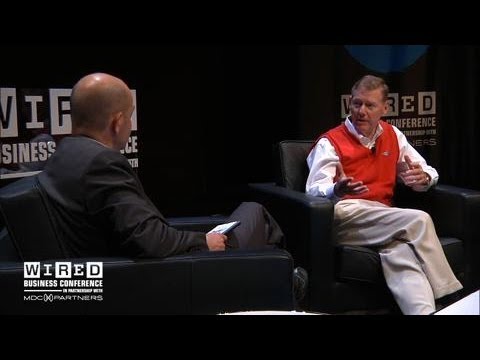The Art of Throwing and Hitting a Fastball in Baseball
Summary
As baseball season is upon us, the fastball is considered the most challenging pitch to throw and hit in the game. However, with more pitchers throwing at top velocities, players are experiencing more injuries. Glenn Fleisig, a pitching specialist, warns that the current speed limit is around 100-105 miles per hour, and anything beyond that could significantly damage the pitcher’s elbow and shoulder ligaments. In contrast, batters must make a split-second decision within 200 milliseconds to determine whether the pitch is worth hitting. To facilitate this, Villanova University invented a virtual batting simulator that inputs real MLB data and helps batters distinguish pitches. Virtual Reality (VR) has also been introduced to improve the players’ technique since players cannot match record speeds in reality.
Table of Contents
- The challenge of throwing a fastball
- Pitching injuries and their prevention
- The challenge of hitting a fastball
- Virtual batting simulator
- Virtual Reality and Training
- Conclusion
The Challenge of Throwing a Fastball
A fastball is a baseball pitch thrown at the highest velocity a pitcher can deliver, often reaching speeds of over 100 mph. Pitchers can achieve high speeds by throwing with more torque, velocity, and accuracy. Throwing at high speeds comes at a cost to the pitcher’s body, risking significant injuries to the pitcher’s elbow and shoulder. Glen Fleisig, a pitching specialist, explains that the current limit for a fastball is around 100-105 mph but warns of the risk of injury associated with such high speeds.
Pitching Injuries and their Prevention
Injuries to pitchers’ elbow and shoulder ligaments are on the rise. Consequently, measures need to be taken to prevent these injuries. One strategy is to add extra rest days that give pitchers more time to recover. Another approach could be to limit the number of pitches thrown in a game. For example, Japan’s professional baseball league has implemented a pitch count rule that restricts the number of pitches a player can pitch in a week. In contrast, the USA’s Major League Baseball (MLB) has so far refrained from limiting pitch counts. According to Fleisig, the better strategy would be to limit the speed limit and ensure that pitchers do not throw beyond a specific threshold.
The Challenge of Hitting a Fastball
Hitting a fastball is as hard as throwing it. Batters have less than a split-second to decide whether the pitch is worth hitting or not. Ted Williams, an American professional baseball player, famously said that hitting a fastball is the most challenging thing to do in sport. However, this challenge has been met by the use of technology. For example, Virtual Reality batting simulators are now available to improve batters’ hitting techniques.
Virtual Batting Simulator
Virtual Batting simulators are portable and easily adjusted to meet different skill levels. The simulator uses real MLB data entered into software and displays the pitches on a screen using a high-speed projector. Batters can then face the simulated pitches, and the system monitors their progress, speed, and accuracy. Some simulators use EEG sensors and eye trackers to monitor the player’s brain activity and the ball’s flight path to help analyze the batter’s performance further. Over time, users get better at the game and can adjust simulator settings to suit their skill level. The system helps identify potential shortcomings in a batter’s technique, making it easier for coaches to develop tailored training programs.
Virtual Reality and Training
Virtual Reality (VR) technology has also proved useful in training baseball players to track and hit fastballs better. In virtual reality, players can continually practice responding to a range of different baseball scenarios, including pitches thrown at high speeds. This technology has the potential to revolutionize baseball training, as players can continually practice their swings, improving their reaction time, and overall bat speed. The use of virtual reality technologies in baseball is still relatively new and in its early stages, but its potential for future development is undoubted.
Conclusion
The fastball remains a key component of baseball’s appeal, but its challenges require careful attention to be paid to player safety. Virtual technologies such as the virtual batting simulator and Virtual Reality have proved promising tools in training players in better techniques necessary to improve their performance. The constant evolution of these technologies holds great potential to help athletes perfect their techniques and thrive in America’s great pastime.







